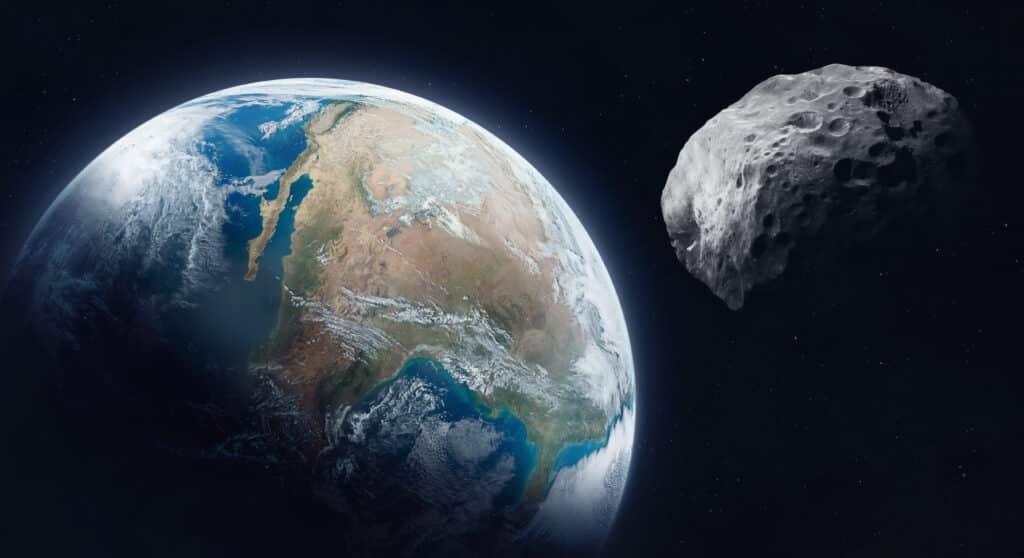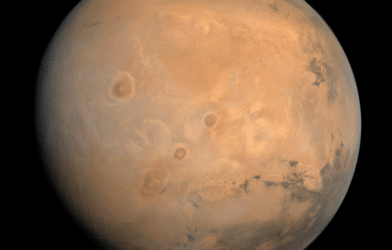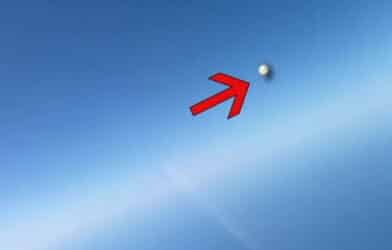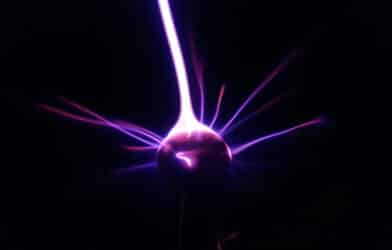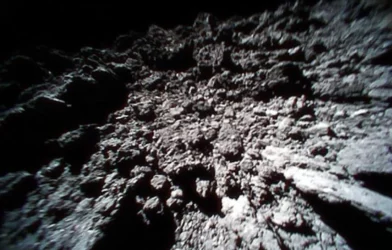Scientists believe Kamo’oalewa will remain alongside Earth for millions of years.
Could a near-Earth asteroid be a piece of the moon? Astronomers from the University of Arizona believe so. In a captivating cosmic discovery, scientists uncovered evidence suggesting that a near-Earth asteroid called Kamo’oalewa might be a fragment of the moon.
The finding challenges previous assumptions about the origins of near-Earth asteroids and could have significant implications for our understanding of celestial bodies close to our planet.
The research builds upon a 2021 study that first proposed the intriguing idea that Kamo’oalewa could be lunar in origin.
“We are now establishing that the moon is a more likely source of Kamo’oalewa,” says study senior author Renu Malhotra, Regents Professor of planetary sciences at the University of Arizona, in a university release.
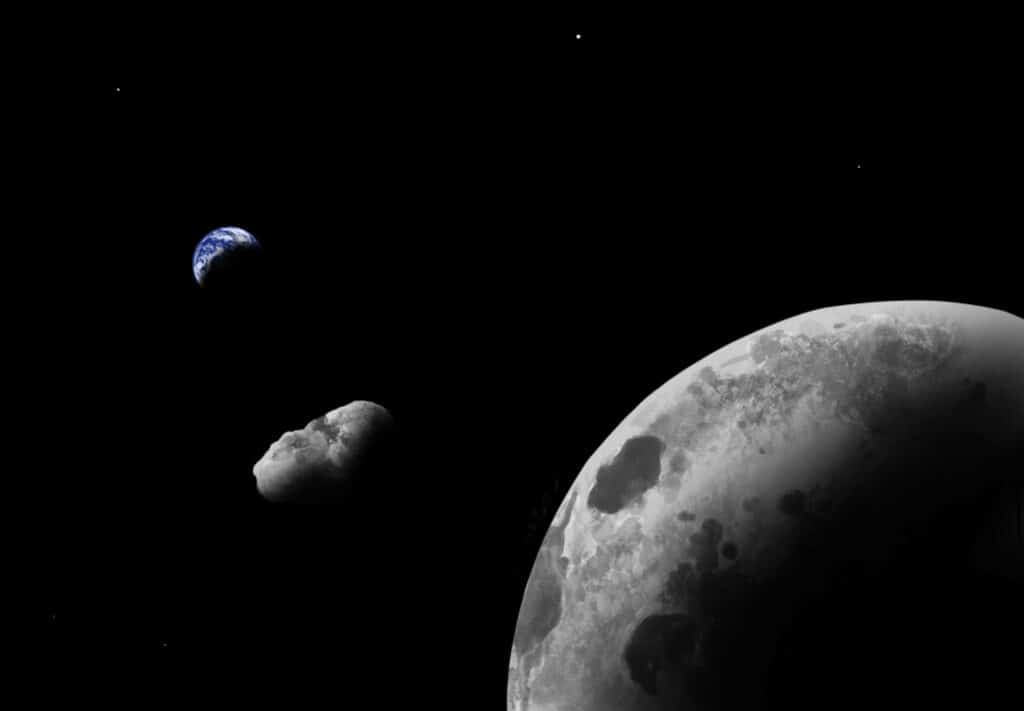
One of the primary motivations for studying Kamo’oalewa is its unique status as Earth’s quasi-satellite. Quasi-satellites are asteroids whose orbits closely resemble that of Earth, making them appear as if they are orbiting our planet, although they are actually orbiting the sun. This distinctive characteristic sets Kamo’oalewa apart from other near-Earth asteroids.
Equally remarkable is Kamo’oalewa’s longevity. Unlike most objects with Earth-like orbits that remain in those paths for only a few decades, Kamo’oalewa is expected to persist as Earth’s companion for millions of years. This enduring partnership with Earth has sparked intrigue among researchers.
To understand the origins and orbital dynamics of Kamo’oalewa, astronomers conducted numerical simulations that factored in the gravitational influences of all the planets in the solar system. They aimed to determine whether it was feasible for a piece of the moon to be ejected and find its way into Kamo’oalewa’s quasi-satellite orbit.
Explaining the challenge, Malhotra notes moon fragments that have enough kinetic energy to escape the Earth-moon system also have too much energy to land in the Earth-like orbits of quasi-satellites. Despite this obstacle, their simulations revealed that certain lunar fragments could indeed reach such orbits, and Kamo’oalewa might be one such fragment ejected during a lunar impact in the past few million years.
Throughout its history, the moon has endured countless asteroid impacts, leaving visible impact craters on its surface. These craters form when asteroids or meteorites collide with celestial bodies. Although most of the ejected lunar material falls back onto the moon, a fraction reaches Earth as meteorites. However, an even smaller fraction can escape both lunar and Earth’s gravitational pull, entering solar orbits akin to those of near-Earth asteroids.
This study’s findings hold significance beyond the intriguing story of Kamo’oalewa. Near-Earth asteroids are of great concern due to their potential as hazards to Earth. By delving into the origins and behavior of these celestial objects, researchers are gaining valuable insights into impact mechanics and the nature of near-Earth asteroids.
Looking ahead, the team plans to further explore the specific conditions that allowed Kamo’oalewa’s unique orbital pathway. Additionally, they aim to determine the asteroid’s precise age, providing further clues to its lunar origin.
“We looked at Kamo’oalewa’s spectrum only because it was in an unusual orbit,” says Malhotra. “If it had been a typical near-Earth asteroid, no one would have thought to find its spectrum and we wouldn’t have known Kamo`oalewa could be a lunar fragment.”
The study is published in the journal Communications Earth & Environment.
